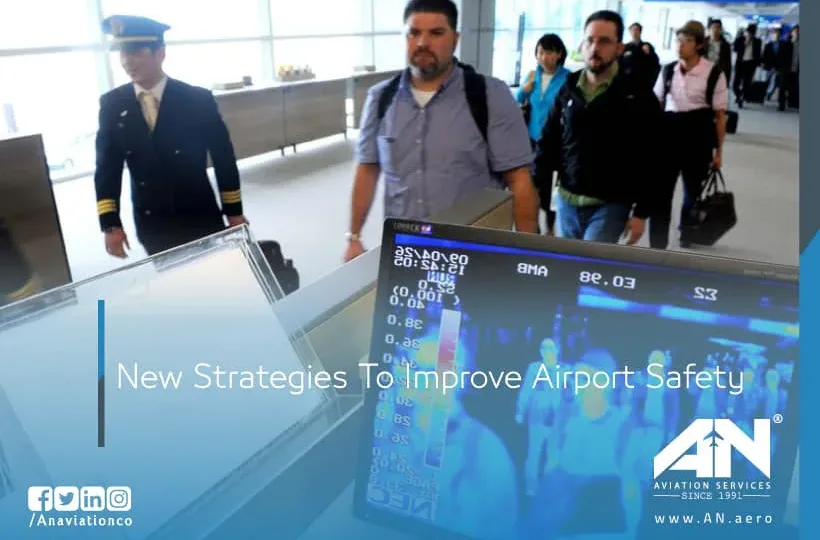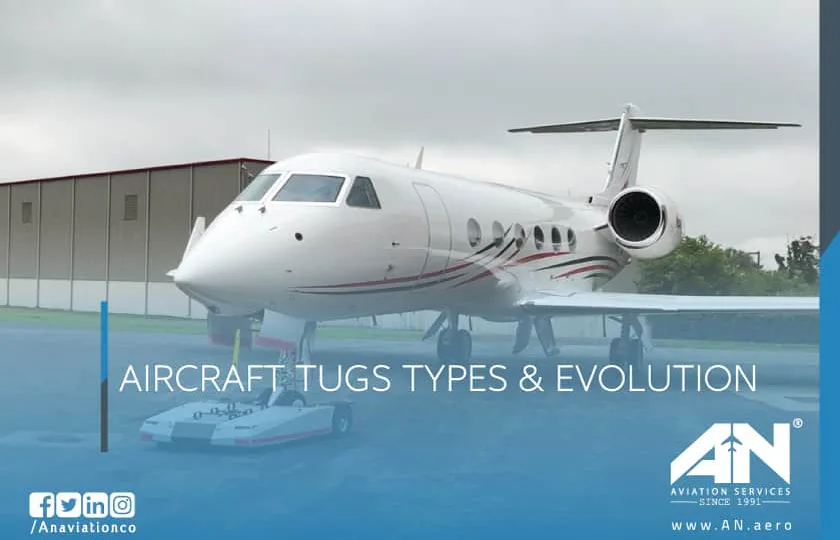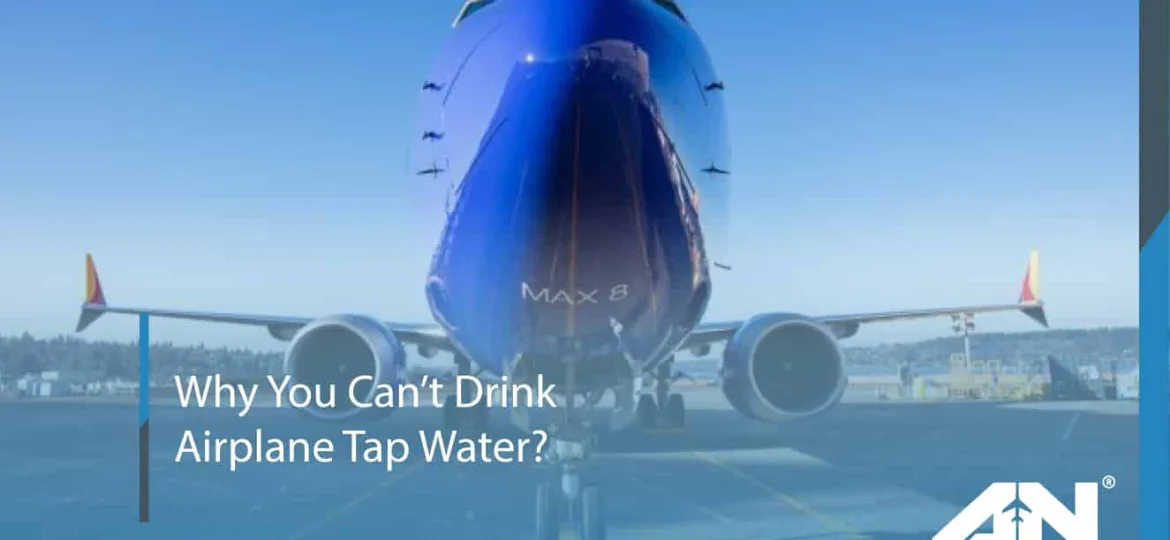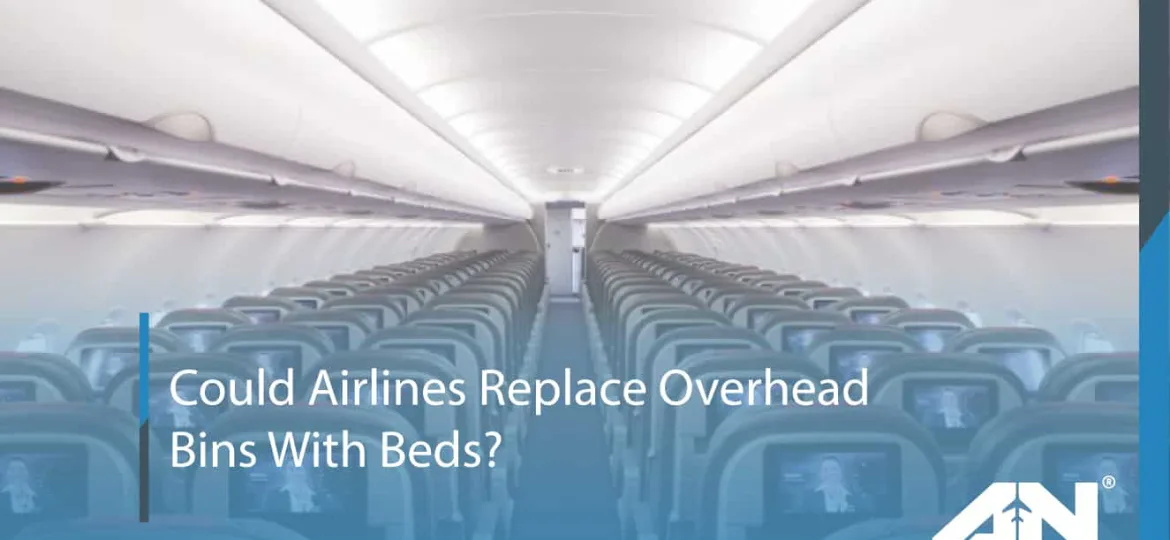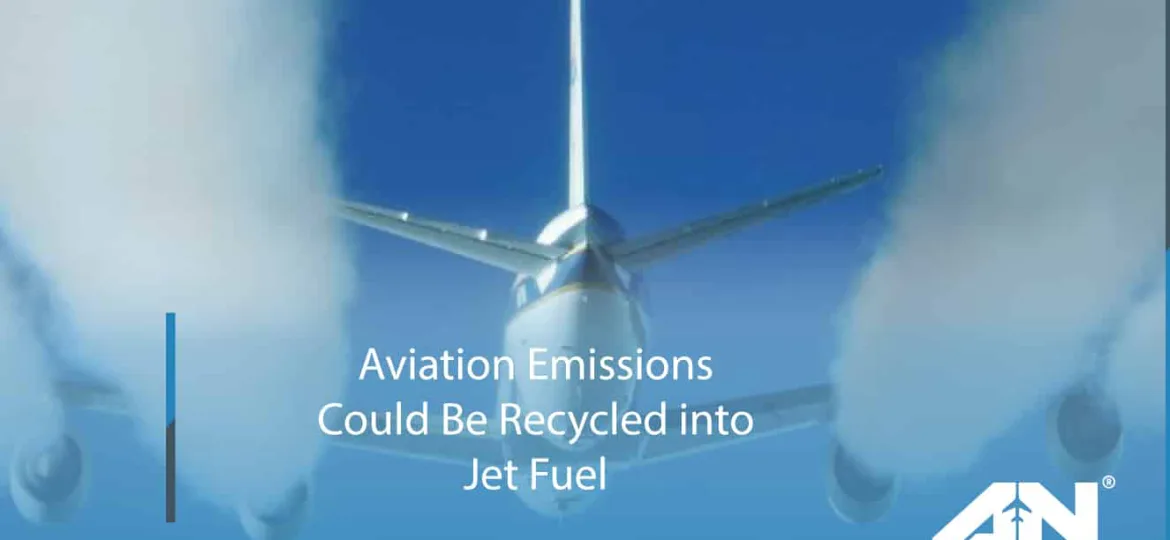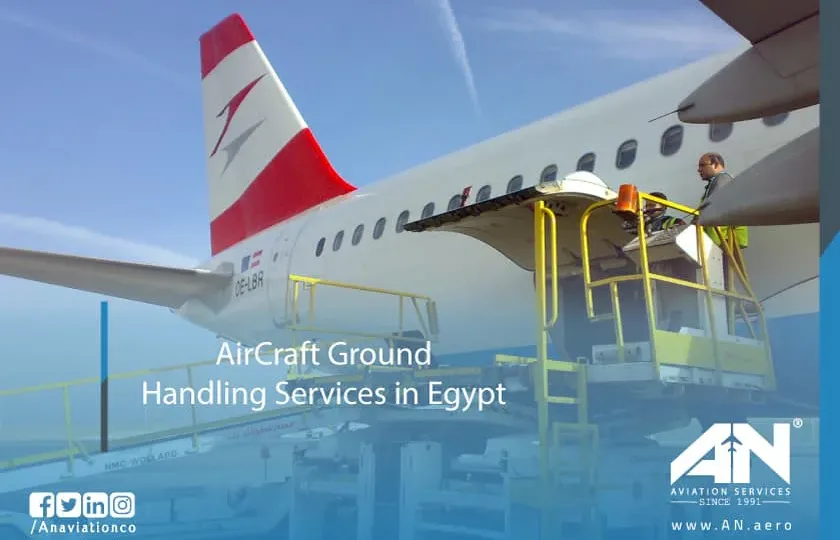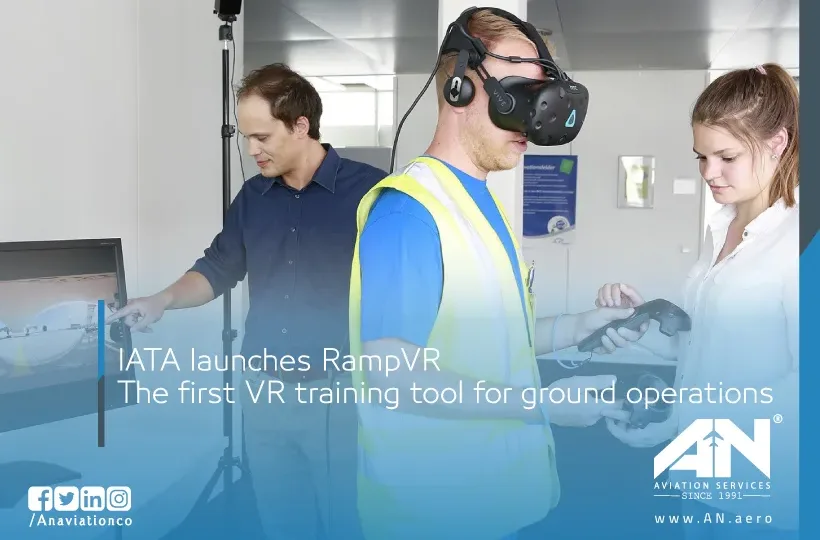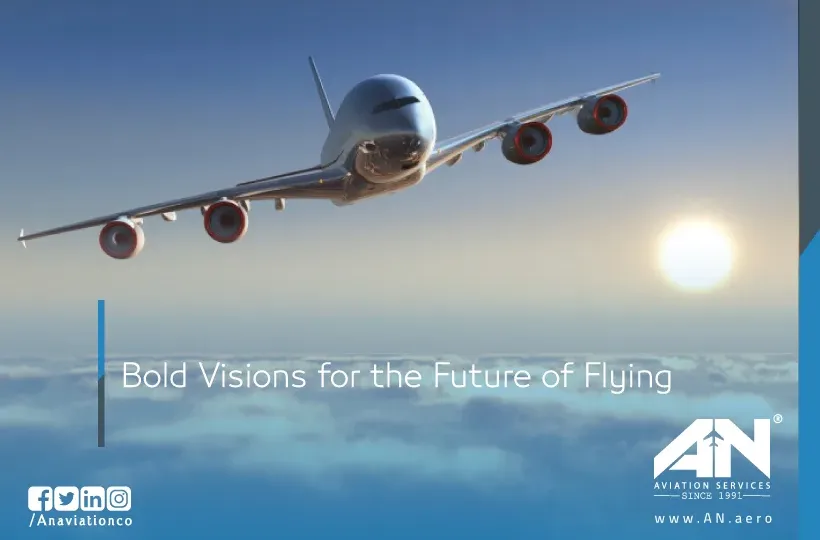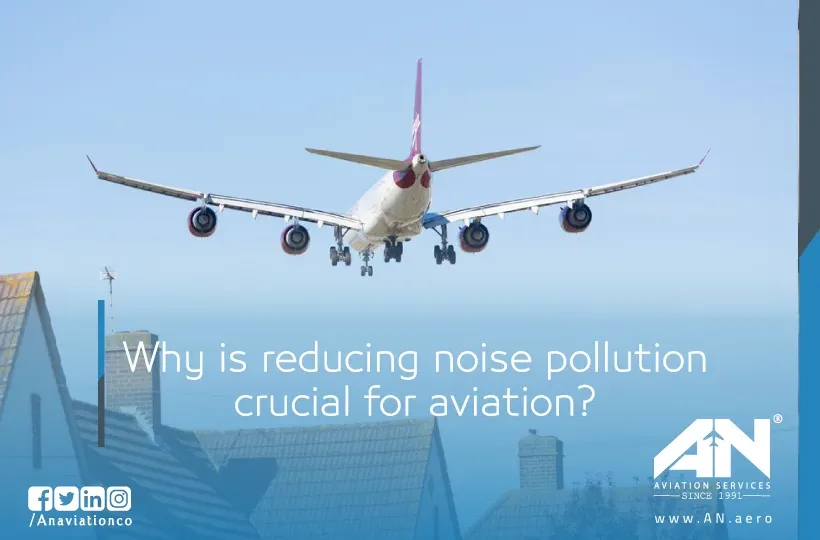Airport safety is a top priority for the aviation industry, and as air travel continues to grow, so do the challenges associated with maintaining secure and efficient airport operations.
Bishoy Sater
Behind every smooth aircraft operation on the ground lies the often-overlooked machinery that makes it possible: aircraft tugs.
From its early days catering to an elite few to its current role as a vital part of the aviation landscape, private aviation has consistently adapted to meet the needs of its users.
When you’re cruising at 35,000 feet, staying hydrated is essential for your comfort and health. But what about the airplane tap water used for making coffee or tea? Should you trust it?
Overhead bins are a staple of commercial air travel, providing passengers with a convenient place to stow their carry-on bags and other belongings.
The aviation industry has long been a cornerstone of global connectivity, enabling people and goods to traverse the world at an unprecedented pace.
Ground handling in Egypt plays a pivotal role in ensuring the seamless operations of flights arriving and departing from the country’s bustling airports.
In an exciting leap forward for the aviation industry, the International Air Transport Association (IATA) has launched RampVR, the world’s first virtual reality training platform designed specifically for ground operations.
The future of flying is poised to revolutionize how people and goods move across the globe.
Noise pollution is one of the most pressing challenges facing the aviation industry today, With airports growing busier and aircraft operating more frequently.


